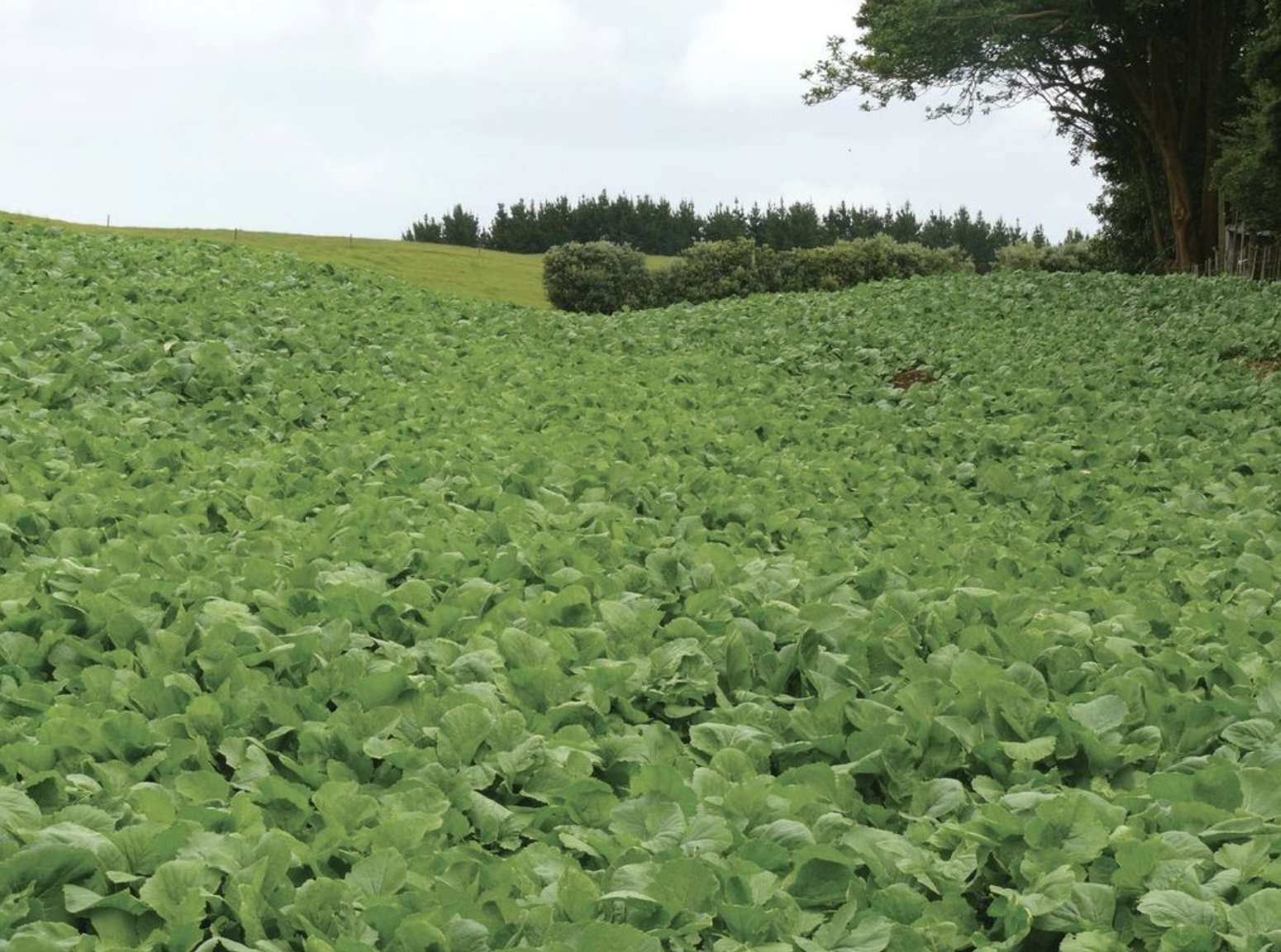Simple steps to bumper brassicas
Sowing high quality forage crops for next season’s feed may seem a long time away, but spring will come round fast — and the better your farmers plan ahead, the better their outcome will be.
That’s the advice from Nufarm business development manager Michael Bennet, who says a key driver of both success and sustainability is making sure customers take herbicide resistance into account when preparing for this season’s planting.
Bennet is based in the lower South Island and has seen first-hand the effects of over-reliance on single agrichemical mode of action (MOA) families.
“Relying on a single MOA herbicide is like relying on a single active drench. It’s risky in terms of resistance developing.”
Fragile MOA Group 2 chemistry, often used for pre-emergence weed control, is one case in point, he says.
“Cases of chickweed resistance to Group 2 herbicides showed up early in our region, and another weed that some farmers are now struggling with is willow weed.”
He encourages suppliers to make sure growers are aware of the importance of rotating and mixing their herbicide MOAs for brassicas as they would for other crops.
Director CS, for example, is a Group 13 post-plant, pre-emergence herbicide that can help with broadleaf weeds in forage brassicas before they can be adversely affected by weed competition.
“The big issue with early yield losses in brassicas is they can happen very quickly, and they are permanent. That’s why pre-emergence herbicide is recommended best practice for good crop management.”
If needed, post-emergence herbicide should be applied early to protect rather than try and salvage valuable dry matter yield.
Prestige (Group 4) can be used at this stage in all forage brassicas to control several broadleaf weeds. Kamba 750 can be added for kale only, Bennet says.

